This article was co-authored by Jonathan Frank, MD. Dr. Jonathan Frank is an Orthopedic Surgeon based in Beverly Hills, California, specializing in sports medicine and joint preservation. Dr. Frank's practice focuses on minimally invasive, arthroscopic surgery of the knee, shoulder, hip, and elbow. Dr. Frank holds an MD from the University of California, Los Angeles School of Medicine. He completed an orthopedic residency at Rush University Medical Center in Chicago and a fellowship in Orthopedic Sports Medicine and Hip Preservation at the Steadman Clinic in Vail, Colorado. He is a staff team physician for the US Ski and Snowboard Team. Dr. Frank is currently a scientific reviewer for top peer-reviewed scientific journals, and his research has been presented at regional, national, and international orthopedic conferences, winning several awards including the prestigious Mark Coventry and William A Grana awards.
This article has been viewed 31,444 times.
An exercise machine can be a convenient way to get fit; however, not all exercise machines are ideal for people with chronic hip pain. If you suffer from chronic hip pain, then it is important to consider the features of a machine before you decide to use or purchase it. To choose one that will benefit you, you may also want to look into different types of machines. If you are planning on buying a machine for your home, then making some other considerations may help to ensure that you will be happy with your purchase.
Steps
Inspecting the Machine’s Features
-
1Select machines that offer low-impact exercise options. Exercise can be beneficial for hip pain, but it is important to do exercises that are low-impact. High-impact exercises are less likely to agitate your hips and lead to more hip pain.[1]
- For example, you might use an elliptical machine for a cardio workout.[2]
- If you're using an exercise bike, keep in mind that biking in a recumbent position is more comfortable than sitting upright.[3]
- If you are considering getting a stair machine, then it would be important to make sure that the machine has a low-impact setting, such as shorter strides and gentle steps.
-
2Choose a machine with low resistance settings. High resistance is more likely to agitate your hips and intensify pain. Make sure that the machine you choose has an option for low resistance.[4]
- If the machine’s resistance cannot be adjusted, then it might not be a good option.
Advertisement -
3Look for machines with multiple hand placements. Ensuring that the machine has multiple, stable hand placements is also important.[5] This will help to make it easier to stabilize yourself on the machine, which may make the exercise easier on your hips.
- Check the hand placements on the machine to ensure that they are stable.
-
4Check your foot placement when you stand on the machine. Another way to determine if a machine will be good or bad for your hip pain is to check your foot placement. Machines that have poor foot placements will put extra stress on your knees, which may also agitate your hips.[6]
- To check the foot placements of an exercise machine, step onto the machine and look down at your feet. If you cannot see your toes, then the foot pedals are not well placed.
- For stationary bikes, you should be able to adjust the seat ensure a comfortable position.
Deciding on a Machine Type
-
1Get an elliptical trainer. Elliptical trainers provide a low impact workout that is gentle on the joints, so this might be a good choice if you suffer from chronic hip pain.[7] Just make sure that when you use the machine, you set it to a low resistance.
- If the machine has an incline option, then set the incline to a low level as well.
- You can also try using the machine with your hands on the moving handles and on the stationary handles to see which works better for you.
-
2Try a treadmill. Treadmills allow you to walk at a comfortable pace and on a level surface, which is better for hip pain. You can even find treadmills that have joint-friendly surfaces. Some other things to consider when looking at treadmills include:[8]
- Safety features, such as side rails and an emergency stop button.
- A strong motor to prolong the life of the machine.
- A belt that is wide and long enough for your stride.
-
3Consider a recumbent bike. Some people find that recumbent bikes provide a more comfortable position than standard stationary bikes, especially for those with hip pain. The back on a recumbent bike supports you, so you may find it easier to use than a standard stationary bike. Some other things to consider when looking at recumbent bikes include:[9]
- A comfortable, cushioned seat that you can adjust to suit your needs.
- Adjustable resistance settings.
-
4Look into rowing machines. As long as you use your core muscles to propel your body, a rowing machine can be a safe and effective exercise for people with hip pain. Look for a machine that uses air or fluid to create resistance and avoid machines that use weights to create resistance. Weight driven machines may lead to jerky movements and this may be harder on your joints.[10]
- Also, make sure that you start with the lowest level of resistance on the machine and work up as your fitness level increases.
Making Other Considerations Before You Buy
-
1Consider your current activity level. If you already exercise, such as by going to a gym or taking walks, then you will probably be more likely to use an exercise machine at home; however, if you rarely exercise, then having an exercise machine at home may not change that.[11]
- Take an honest look at your current activity level to determine if you will actually use the machine. If you are currently sedentary, then you might want to develop an exercise program for yourself first.
- For example, you could start taking a 30-minute walk after dinner every night or do low-impact aerobics at home using a video.
- Try to work your way up to the recommended 150 minutes of moderate-intensity exercise each week. An easy way to break this up is to do 30 minutes of exercise five days a week.
-
2Be wary of ads. Advertisements for exercise machines may make some convincing claims about the product; however, it is important to remind yourself that these claims are meant to sell you the product and should not be considered guarantees. Some this to be wary of include:[12]
- Claims that the product is easy to use. Exercise is challenging no matter what. There is no easy, sweat-free way to get into shape.
- Claims that the product will target one area. It is not possible to burn fat and lose weight in just one part of your body. Losing weight requires burning more calories and this will result in overall bodyweight reduction.
- Before and after photos and testimonials. Avoid relying on these as your only proof that the product is effective. Read reviews to find out what people who have bought this machine have to say about it. Try to seek out reviews on sites that are not affiliated with the product, such as 3rd party online retail sites.
-
3Find out if you can try the machine before you buy. Trying the machine before you buy it may be a good idea, especially if the machine is expensive. You might be able to try out the machine in a store, at a local gym, or at a community center.[13]
- You might also ask about refund options for the machine. For example, can you return the machine if you are not satisfied with it? If so, how long do you have to return it? Will you get a full or partial refund?
-
4Calculate the price. Even if a machine has a low-cost payment plan, exercise machines can cost thousands of dollars by the time it is paid for. You may also have an increased electricity bill from using the machine. Take some time to calculate the total cost of the machine you are thinking about buying.[14]
- You might compare the cost of buying a machine with the cost of joining a gym. For example, if you will be paying $150 per month for the next two years to pay off a top of the line treadmill, and a gym membership costs only $40 per month, then you would save a lot of money by joining the gym.
Expert Q&A
Did you know you can get expert answers for this article?
Unlock expert answers by supporting wikiHow
-
QuestionWhat kind of gym machine should I use if I have hip pain?
 Jonathan Frank, MDDr. Jonathan Frank is an Orthopedic Surgeon based in Beverly Hills, California, specializing in sports medicine and joint preservation. Dr. Frank's practice focuses on minimally invasive, arthroscopic surgery of the knee, shoulder, hip, and elbow. Dr. Frank holds an MD from the University of California, Los Angeles School of Medicine. He completed an orthopedic residency at Rush University Medical Center in Chicago and a fellowship in Orthopedic Sports Medicine and Hip Preservation at the Steadman Clinic in Vail, Colorado. He is a staff team physician for the US Ski and Snowboard Team. Dr. Frank is currently a scientific reviewer for top peer-reviewed scientific journals, and his research has been presented at regional, national, and international orthopedic conferences, winning several awards including the prestigious Mark Coventry and William A Grana awards.
Jonathan Frank, MDDr. Jonathan Frank is an Orthopedic Surgeon based in Beverly Hills, California, specializing in sports medicine and joint preservation. Dr. Frank's practice focuses on minimally invasive, arthroscopic surgery of the knee, shoulder, hip, and elbow. Dr. Frank holds an MD from the University of California, Los Angeles School of Medicine. He completed an orthopedic residency at Rush University Medical Center in Chicago and a fellowship in Orthopedic Sports Medicine and Hip Preservation at the Steadman Clinic in Vail, Colorado. He is a staff team physician for the US Ski and Snowboard Team. Dr. Frank is currently a scientific reviewer for top peer-reviewed scientific journals, and his research has been presented at regional, national, and international orthopedic conferences, winning several awards including the prestigious Mark Coventry and William A Grana awards.
Sports Orthopedic Surgeon & Joint Preservation Specialist
References
- ↑ Jonathan Frank, MD. Sports Orthopedic Surgeon & Joint Preservation Specialist. Expert Interview. 1 October 2020.
- ↑ Jonathan Frank, MD. Sports Orthopedic Surgeon & Joint Preservation Specialist. Expert Interview. 1 October 2020.
- ↑ Jonathan Frank, MD. Sports Orthopedic Surgeon & Joint Preservation Specialist. Expert Interview. 1 October 2020.
- ↑ http://www.arthritis.org/living-with-arthritis/exercise/success/home-exercise-equipment.php
- ↑ http://www.arthritis.org/living-with-arthritis/exercise/success/home-exercise-equipment.php
- ↑ http://www.arthritis.org/living-with-arthritis/exercise/success/home-exercise-equipment.php
- ↑ http://www.health.harvard.edu/healthbeat/tips-for-choosing-the-right-exercise-equipment
- ↑ http://www.health.harvard.edu/healthbeat/tips-for-choosing-the-right-exercise-equipment
- ↑ http://www.arthritis.org/living-with-arthritis/exercise/success/home-exercise-equipment.php
- ↑ http://www.arthritis.org/living-with-arthritis/exercise/success/home-exercise-equipment.php
- ↑ https://www.consumer.ftc.gov/articles/0051-tips-buying-exercise-equipment
- ↑ https://www.consumer.ftc.gov/articles/0051-tips-buying-exercise-equipment
- ↑ https://www.consumer.ftc.gov/articles/0051-tips-buying-exercise-equipment
- ↑ https://www.consumer.ftc.gov/articles/0051-tips-buying-exercise-equipment
- ↑ Jonathan Frank, MD. Sports Orthopedic Surgeon & Joint Preservation Specialist. Expert Interview. 1 October 2020.
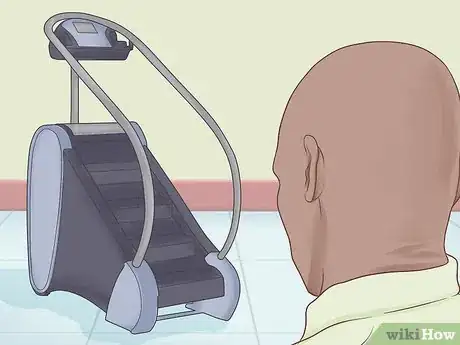

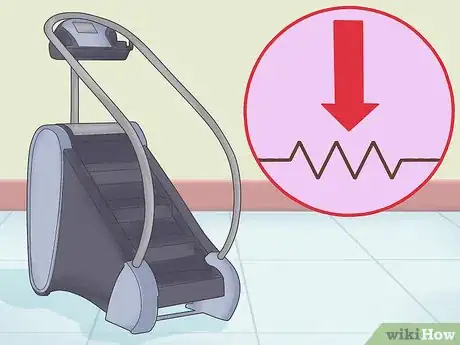
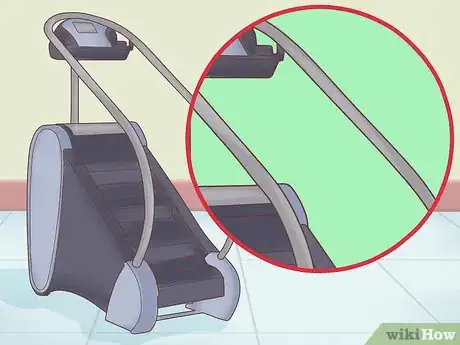
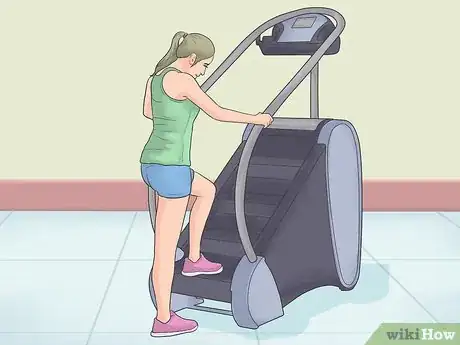
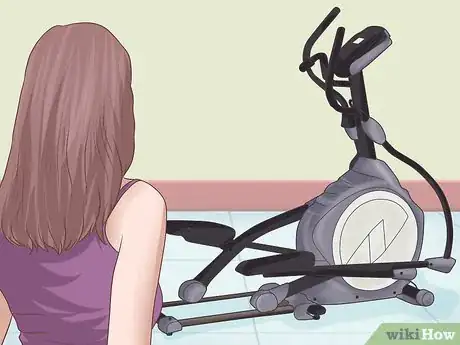
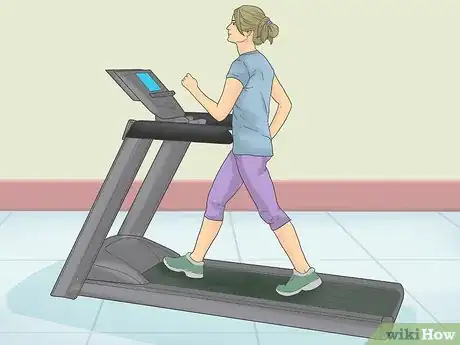
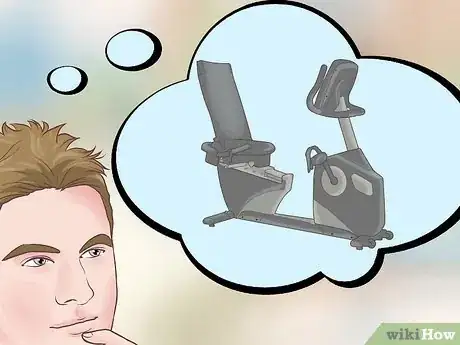
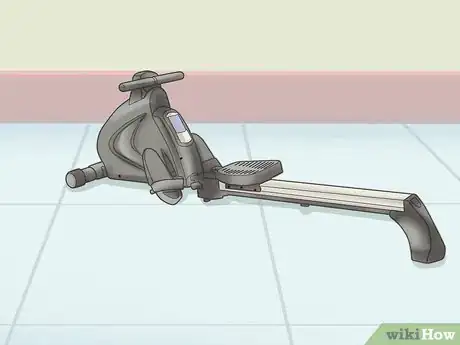
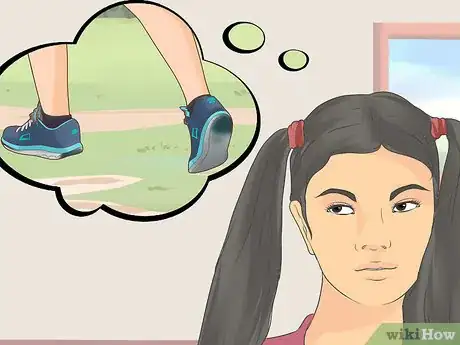

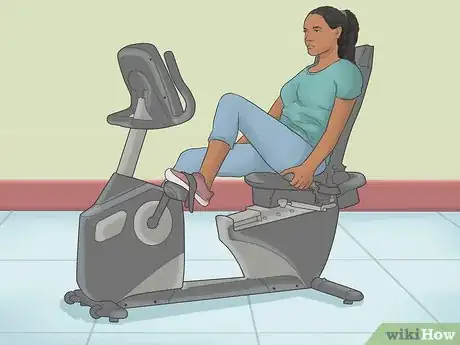
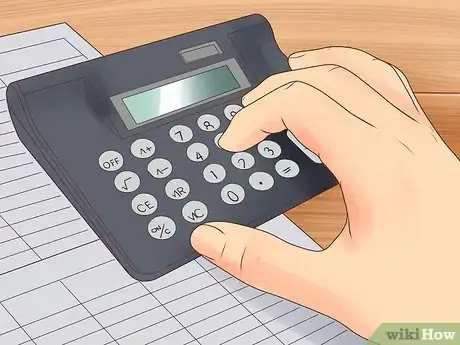



-with-Jaw-Exercises-Step-11.webp)
-Step-20-Version-2.webp)

















-with-Jaw-Exercises-Step-11.webp)


































